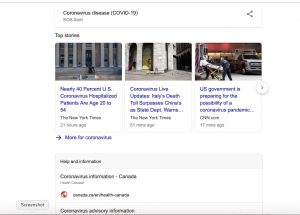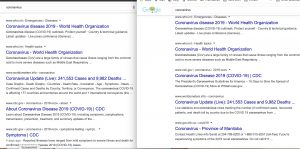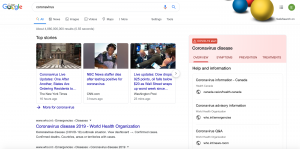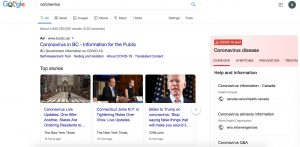Below are some of the learnings that I took away from the course readings, activities and class conversation this week:
Galileo (2019). Designing Learning. Retrieved from https://galileo.org/designing-learning/ (Inquiry and Design Thinking)
- Teachers as designers
- improving curriculum and pedagogy (long before the term became popular)
- an opportunity to really change what teaching and learning looks like in the classroom (Dr. Doug Clark)
- Its hard to change when you have seen 20+ years of examples around you (13 years of K-12, few years of undergrad, few years of graduate, and a few years of teaching)
- what is the problem you are trying to solve and how you can go about doing that? (important to reflect on the needs of students during the learning process and then adjusting teaching to better meet those needs)
- Students as designers
- in the past it has been more of a passive role
- now there is a lot more information and ways to access it
- design thinking provides them the skills (what are the problems that we want to solve? how can I go about find the answer?
Hans Rosling: The Best Stats You’ve Ever Seen
- Until you see statistics shown in a visual way and actually moving over time, you don’t really understand what the data means (visuals make it easier to understand)
- Great way to visually show data and the change over time (would be a great resource for students to use to make meaning from the data they are finding)
What kinds of digital tools promote and encourage critical thinking?
Google Trends (TOTALLY NEW TO ME)
- Students/teachers can explore trends by term or topic to find out more information
- Allows students to visual map their thinking (groups of students can be working on it at the same time) and its FREE!
- sharing data and code behind some of their articles and graphics (students can visually see results of polls and where the information has come from and how dependable it is)
- data sets that are open to the public
- Open data collected and approved by government
How does critical thinking influence narratives and perspectives?
People (kids most definitely) are extremely influenced by the adults around them and often take on their internal and external narratives. Kids often hold the same perspectives that their parents do. And parents hold the same perspectives that they grew up with and/or have interacted with in their lives. It is important to get well rounded information and data from a variety of sources before taking on a narrative or perspective. Especially in the digital age, there is so much information found on the internet. And a lot of it is misguiding and misinforming people. It is important to develop skills in students to think critically about what they are reading, seeing, and hearing.






Recent Comments